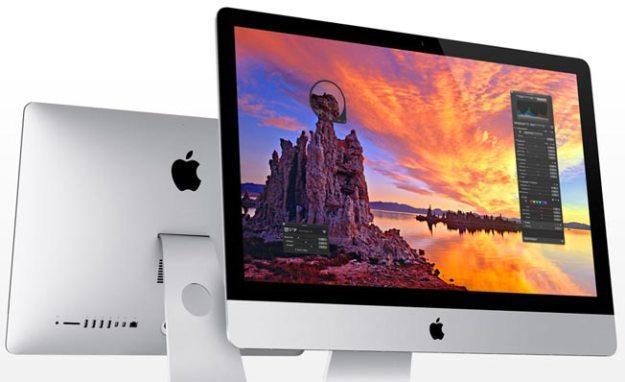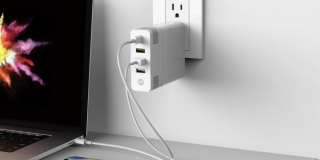Use Termipal To Customize Your Mac’s Terminal Window

If Max’s Terminal window was a platform you wished could be more user-friendly, then you have an ally in Termipal.
The new utility added to Terminal has caused a bit of positive uproar for Mac users. Referred to as Termipal, this new addition is a customizable user interface that makes the creation of shell scripts easier for developers by simply using native buttons and drop-down menus and buttons.
Termipal was built from a JavaScript framework and utilizes native Cocoa widgets. It automatically attaches to the bottom corner of Mac’s terminal window so that it is easily accessible when needed.
As explained by the program developer: JavaScript is a lightweight and fast framework. The browser makes Electron apps big, but Termipal’s entire install is a single binary that is just 150 kB in size.
Termipal for your Terminal Window in Mac
Termipal does not use a browser engine. It also does not use CSS or HTML where user interfaces are referred simply to as JSON objects. It does not even need an embedded JavaScript runtime as it uses the pre-installed one on macOS that is likely loaded into your Mac device memory seeing as it is a system component.
In most cases, the APIs in Electron are similar to those in Termipal. For example, you can open a file picker dialog by dialing dialog.showOpenDialog. Or, you can listen to the ready event on the App object.
Don’t confuse both platforms though as Electron is an advanced, and large project compared to Termipal which is a little version 0.0.x product that possesses less than 0.1% of Electron capabilities.
Electron compatibility can be described as the principle that lights the path for Termipal ‘s API design rather than represent the guarantee of present compatibility.
To create UIs, a new module known as micro UI is provided. If you want to update the Termipal interface, dial microUI.loadUIDefinition() with a JSON object. The JSON object describes the UI elements involved.
To associate interactions with JavaScript functions, simply pass an action property value that holds the function’s name. That is the entire essence of the UI framework and pretty much all there is to know about it. There are a few example scripts that can be found in the project’s GitHub repo.
Termipal is available on the developer’s website and is free to use.
















